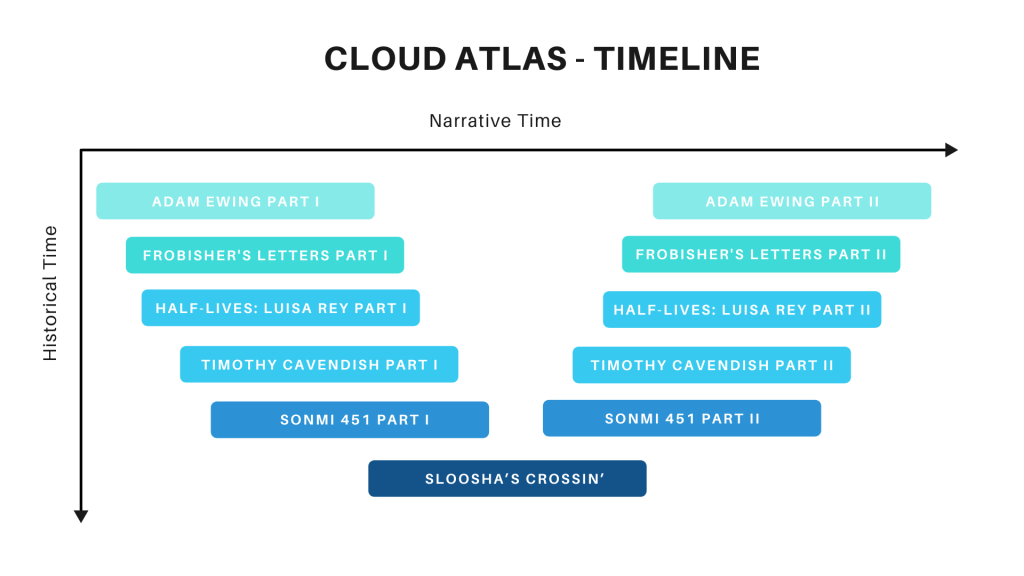
Do not give up.
<br>
I was taking a test. It felt as if time stood still, yet I was running out of minutes, seconds. I could feel the sweat on my forehead dripping down my face.
I stood up. I looked directly at the supervisor and said "I think I should go."
Every person in the room remained speechless, frozen. Except for that one individual. A complete stranger turned back to me and told me not to give up, that there still is a chance for me to succeed.
I couldn't believe what was happening. It felt so strange. But I sat back down and started filling in the blank spaces on the paper with my black ballpoint pen with "Wild Soul" printed on it.
What that stranger had told me was one of the most touching and inspiring words I've ever heard in my life. We were both competing for the same spot, and I made a mistake that discouraged me so badly I just wanted to quit. But this person encouraged me to keep going. And then I remembered:
“…now I’m a spent firework; but at least I’ve been a firework.”
David Mitchell, Cloud Atlas
Now, you might wonder, what does the quote have to do with this incident? It’s simple: it’s about choosing the pain you’re willing to sustain. Doing my best, never regretting my decisions, growing from them, being resilient. Burning like a firework, until I’m spent. But at least I can confidently say that I had been a firework. It may seem more comfortable to choose “the easy way out” but for me, it’s about going the extra mile, and that stranger reminded me of that in a moment I lost myself.
This quote is from the book named Cloud Atlas by the British author, David Mitchell. Being his third novel, it has been a major success, and it is still highly appreciated. Moreover, in 2012, a film adaptation of the book swept the public off their feet with its complex plot, memorable characters, and powerful emotions conveyed through the stories of each protagonist in the book.
What is this book all about? Well, it’s a long story (quite literally). Actually, there are six of them:
- The Pacific Journal of Adam Ewing (1850s)
- Letters from Zedelghem (1931)
- Half-Lives: The Luisa Rey Mystery (late 1970’s)
- The Ghastly Ordeal of Timothy Cavendish (late 90’s, early 21st century)
- An Orison of Sonmi 451 (set in a distant dystopian future)
- Sloosha’s Crossin’ an’ Ev’rythin’ After (post-apocalyptic)
<br>
But what makes this book such an incredible and captivating read is the fact that each narrative is abruptly interrupted by the next one. It feels like opening up a matryoshka doll, but halfway through you’re picking up where you left the previous story. Even better, it’s like the stories are mirrored, the only one that is not interrupted being the one in the middle, immediately reflecting and then moving back to the narrative before it.
Sure, this might be a bit challenging to visualize, but worry not, because I have come with an illustration to help you understand the structure of the book:

The first and the final chapter of the book are concerned with Adam Edwing’s journey from the Chatham Islands, near New Zealand, to San Francisco (California US), passing by Hawaii. His story is told through his journal. The second narrative, chapters two and ten, look at eccentric figure Robert Frobisher, a musician who travels from England to Belgium, and we learn about his story through his letters to his lover, Rufus Sixsmith. Robert Frobisher gets his hand on Edwing’s travel journal and is fascinated by the life of Adam.
The third story refers to Luisa Rey’s mission to reveal the truth behind the HYDRA nuclear power plant, and encounters Rufus Sixsmith on her journey, the events taking place in Buenas Yerbas, California, United States of America. The following section follows the story of Timothy Cavendish, who moves from London to Hull, England, in order to escape the gang that is trying to find him for monetary compensation. Instead, he ends up in a nursing home without his approval, and according to his brother’s plan, and comes across the manuscript concerning Luisa Rey’s life.
The fifth chapter consists of the interview of Sonmi 451, and is set in a futuristic dystopian location that would correspond to the present-day the capital of South Korea, Seoul, and the city Busan. She is a fabricant waitress who managed to see beyond the authority of the place, and is now fighting to let the truth out. Moreover, Sonmi is also fascinated with a film, called “disney” in the novel, which is a depiction of Timothy Cavendish’s life and ironic circumstances.
Halfway through the book, a new story begins, that of Zachary, a survivor in the post-apocalyptic scenes that takes place in Hawaii, who shares his memories from his youth. He tells the story of the “orison” he found, which is an egg-shaped devices, used in order to record the interview of Sonmi-451.
What do all these stories have in common? I would say that it’s the determination to stand your ground, no matter how trivial the reason might be. Whether is about receiving credits for your work, like Robert Frobisher or doing your very best to stay alive like Adam Edwing, every character is determined to get things done their own way, and I find that inspiring.
Maybe you’ll have to be a whistleblower like Sonmi-451, or maybe a paid assassin will try to hunt you down and shut you up for good before revealing a dark secret to the public, like Luisa Rey. Or maybe you’ll have to prove to everyone around you that you’re not crazy, just like Timothy had to do. Trouble comes in all shapes and sizes, and we need to be prepared to take responsibility, to own the situation, and to take action.
Then, what exactly inspired me to write about David Mitchell’s Cloud Atlas? Sure, the due date and the fact that I’ve decided that, if I go down, I’ll go down fighting. All jokes aside, I loved the multicultural, diverse characters, their various perspectives on certain situations and values, and the fact that it also reminded me that every new solution generates a new problem. After all, this is life, don’t you agree?
Post a comment